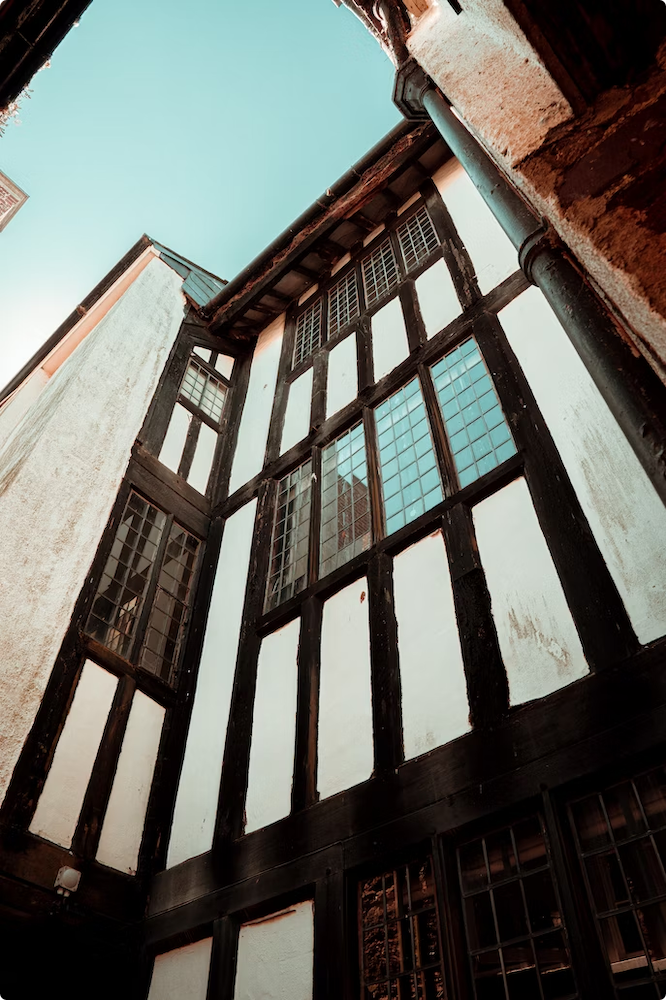Each listed building falls under a particular grade:
- Grade I buildings. Only 2.5% of all listed buildings fall into this category and are of ‘exceptional interest’. To express just how rare one of these buildings are, it may help to let you know that Buckingham Palace falls into this category.
- Grade II* buildings. Only 5.5% of all listed buildings fall into this category and are ‘particularly important buildings of more than special interest’ and just 5.5% of listed buildings are Grade II*. An example of this type of building is the Coliseum Theatre in London.
- Grade II buildings. 92% of listed buildings fall into this category and are ‘of special interest’. The BT Tower and Alexandra Palace are categorised as Grade II listed buildings.
And why is it important?
Listed buildings have extra protections in place when it comes to securing permission for renovations or extensions. This is because specific rules are in place to protect or enhance their integrity. It could be in an effort to preserve the unique character, materials or purpose of the building. Thanks to the grading system, some buildings have more difficult regulations to get around than others. Use this search tool by Historic England to explore where listed buildings may be in your area.
If you’re looking to buy a Listed Building, it could be a fantastic opportunity to live in a home with vibrant character, unique features and a fascinating history. However, as we’ll discuss in more detail below, owning a Listed Building is a privilege that comes with a certain degree of responsibility, restriction and therefore a degree of consideration.
What are some of the challenges?
Once a a property is listed, the whole building – including its interior – is protected. This means you’ll need certain permissions to update the property. Listed Building Consent may be required if you’re hoping to carry out any demolition, make any alterations to the appearance. Listed Building Consent is the system in place which dictates whether proposed changes or updated to a Listed Building are appropriate and in-line with their existing character. These specific permissions will need to be obtained alongside regular planning permissions.
In order to apply for Listed Building Consent and give yourself the best chance of having it approved, you’ll need to get in touch with your Local Planning Authority and find out which specific areas of your property require special protection. Once you understand your limitations and what your proposed project may impact, you can apply through the Planning Portal or directly through your local authority. Applications are usually approved or dismissed within 8 weeks.
If you fail to get Listed Building Consent, you could risk being prosecuted so it’s in your interest to understand some of the rules and to investigate the information you need. In some circumstances, an enforcement notice can be delivered by the Local Planning Authority which could result in any renovations or alterations to the property requiring reversal.

Can you renovate a listed building?
While it may be more challenging to get permission for renovating, extending or altering a listed property, it’s not impossible. Get in touch with our experienced planning team for a free advice call to talk through your options and receive advice about what’s possible for your property. Alternatively, get directly in touch with your Local Planning Authority (LPA) – they will be able to offer detailed guidance based on the specific reasons for your property being protected and a response will usually be issued within 8 weeks.
Curious about how much an extension on your property could set you back? Use our Quick Quote Calculator to get an idea of what budget ballpark you could be looking at today.







